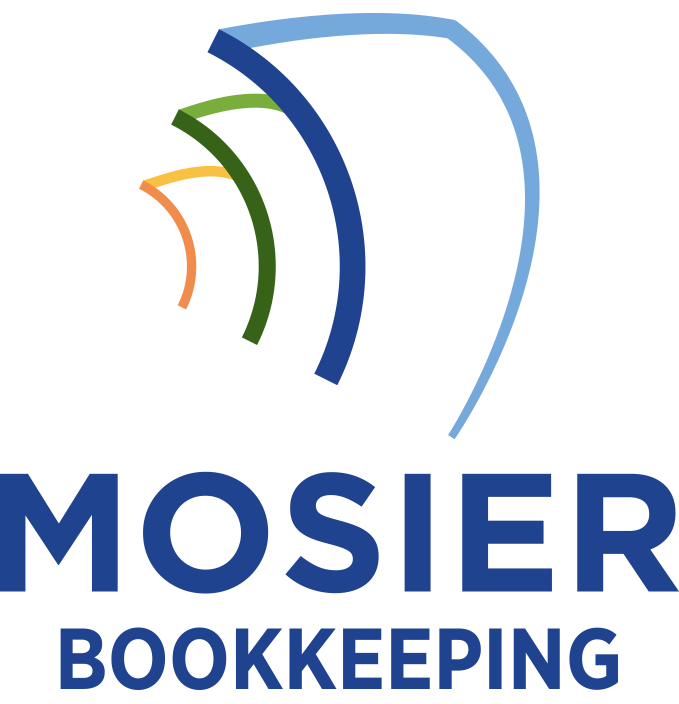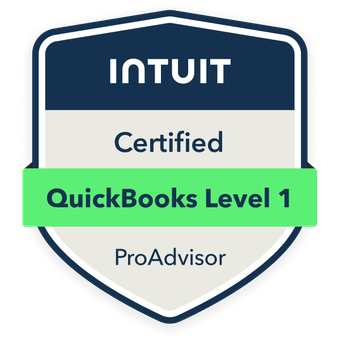Effective bookkeeping practices form the backbone of your data protection strategy by establishing multi-layered security controls. I recommend implementing real-time transaction logs to track access patterns, creating tamper-proof audit trails, and enforcing role-based permissions for financial records. You’ll need to integrate automated alerts for suspicious activities while maintaining encrypted backup systems that comply with regulations like GDPR and SOX. The intersection of strategic record-keeping and cybersecurity discloses powerful protection frameworks worth exploring.
The Critical Link Between Financial Records and Data Security

Why do modern bookkeeping practices demand robust data security measures? I oversee the protection of sensitive financial data that includes transaction records, tax information, and proprietary business metrics. This data represents both intellectual property and compliance obligations.
I’ve identified three critical intersections: financial records contain personal identifiable information (PII), transaction data reveals strategic business patterns, and audit trails require tamper-proof storage. By implementing end-to-end encryption, access controls, and blockchain verification, I guarantee that my bookkeeping systems maintain data integrity while meeting regulatory requirements like GDPR and SOX compliance standards.
Leveraging Transaction Logs for Enhanced Data Protection
I’ve found that transaction logs serve as critical tools for maintaining robust data security through their detailed tracking of access control records. By analyzing these logs, I can detect unauthorized entry attempts and monitor who accesses sensitive financial data at specific times. These chronological records also enable me to trace data modifications, creating an essential audit trail that documents every change to protected financial information.
Monitoring Access Control Records
Leveraging transaction logs effectively requires implementing robust access control monitoring systems to track and analyze user interactions with sensitive data. I’ll show you how to establish dominance over your data security through systematic access monitoring.
- Deploy real-time alerts that instantly notify you when unauthorized users attempt to breach your security perimeter, giving you immediate control over potential threats
- Implement granular permission tracking that reveals exactly who accessed what data and when, empowering you with complete visibility
- Establish automated audit trails that document every interaction, ensuring you maintain ironclad compliance and accountability
These controls transform your monitoring capabilities into a powerful security command center.
Tracking Data Change History
How effectively do your transaction logs capture the full narrative of data modifications? I’ll help you leverage these logs to bolster your data protection strategy.
I track every change through detailed timestamping, user identification, and before/after value comparisons. By implementing granular logging parameters, I can detect unauthorized alterations, establish accountability trails, and facilitate precise data recovery points.
Your transaction logs become powerful forensic tools when you integrate them with version control systems. I recommend configuring automated alerts for suspicious patterns and maintaining encrypted log repositories. This guarantees you’ll have tamper-evident records of all data transformations while optimizing storage efficiency.
Building a Comprehensive Data Access Audit Trail

Regularly monitoring who accesses sensitive business data forms the foundation of an effective audit trail system. I implement automated logging mechanisms that track every interaction with critical records, enabling swift detection of unauthorized access or potential breaches.
To maximize your data protection, I recommend these fundamental audit trail components:
- Real-time access monitoring with IP address tracking, timestamp verification, and user authentication logs
- Automated alerts for suspicious patterns, failed login attempts, and unusual data export activities
- Encrypted audit log storage with tamper-evident mechanisms to prevent manipulation
I maintain these records in a separate, secure environment, ensuring your audit trail remains impenetrable and legally defensible.
Integrating Bookkeeping Controls With Security Measures
I’ll explain how integrating robust access monitoring with bookkeeping controls strengthens your organization’s data security posture. You’ll need to implement validation checkpoints that verify data integrity while tracking user permissions across your financial systems. By maintaining detailed logs of who accesses financial records and validating data inputs against established parameters, you create a multi-layered approach that protects both your bookkeeping accuracy and data security.
Monitoring Access and Permissions
Since bookkeeping data contains sensitive financial information, monitoring access and permissions serves as a critical control mechanism for protecting records from unauthorized viewing or modification. I implement multi-tiered access controls to maintain data integrity while enabling necessary workflow functionality.
To maximize security effectiveness, I establish:
- Real-time audit trails that track every user interaction with financial records
- Role-based permission matrices that restrict access based on job function and need-to-know basis
- Automated alerts that notify me of suspicious login attempts or unauthorized modification attempts
I regularly review access logs and adjust permission levels to maintain ideal security without compromising operational efficiency.
Data Validation Best Practices
Data validation serves as the cornerstone of maintaining both financial accuracy and cybersecurity in modern bookkeeping systems. I’ll help you implement robust validation rules that catch errors before they compromise your data integrity. By enforcing strict input controls, you’ll gain mastery over your financial data’s quality and security.
| Validation Type | Security Impact | Business Benefit |
|---|---|---|
| Range Checks | Prevents overflow attacks | Guarantees realistic values |
| Format Validation | Blocks injection attempts | Upholds consistency |
| Cross-Reference | Detects fraudulent entries | Bolsters accuracy |
I recommend implementing automated validation workflows that verify data against predefined rules, assuring you maintain control while minimizing manual intervention and human error.
Regulatory Compliance Through Strategic Record-Keeping

Businesses face mounting pressure to maintain exhaustive records that satisfy increasingly complex regulatory requirements. I’ve developed a strategic approach to help you dominate compliance challenges while protecting sensitive data through meticulous record-keeping.
- Deploy automated audit trails that track every transaction, giving you complete control over data lineage and unauthorized access attempts
- Implement hierarchical retention policies that guarantee critical records remain accessible for mandated periods while obsolete data gets systematically purged
- Establish encrypted backup systems that preserve your compliance documentation, protecting you from both data loss and regulatory penalties
Master these elements to strengthen your compliance position and safeguard your organization’s future.
Risk Assessment and Mitigation Using Financial Data
Financial statements consistently reveal critical patterns that inform strategic risk assessment and mitigation efforts. I analyze cash flow trends, liability exposure, and operational costs to identify vulnerabilities in your business model. By tracking financial metrics like debt-to-equity ratios and working capital turnover, I can pinpoint areas where data breaches could severely impact your operations.
I’ll help you implement targeted controls based on quantifiable risk factors. Through detailed transaction monitoring and variance analysis, I detect anomalies that might signal security threats. This data-driven approach enables you to allocate protection resources where they’ll deliver maximum risk reduction and competitive advantage.









